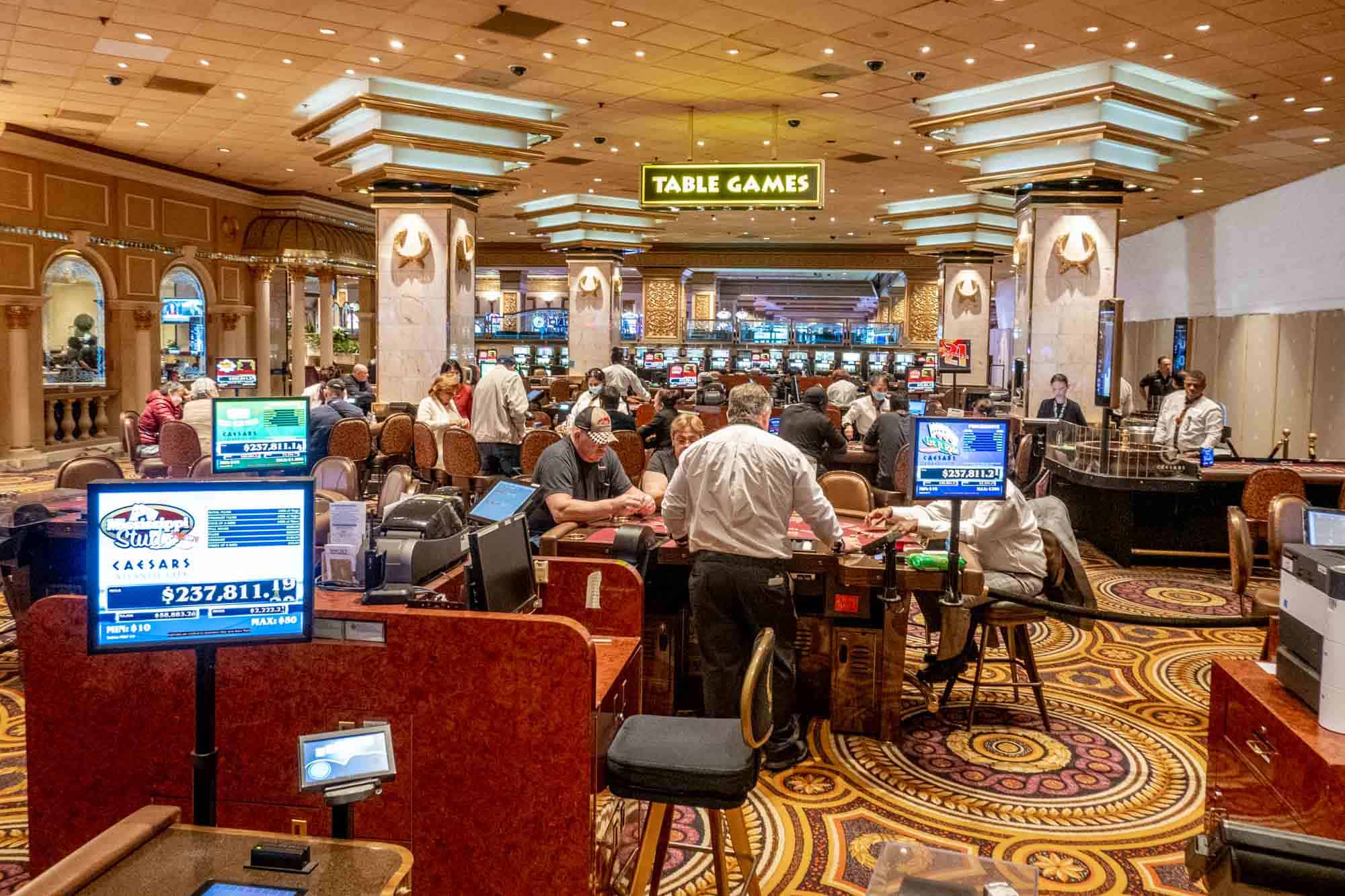
Casino games have long captivated the human imagination, drawing players into a universe filled with fortune, planning, and the allure of thrill. Each activity is painstakingly crafted not just for fun, but also to evoke particular emotional responses that keep participants involved and invested. Understanding the motivations behind these designs reveals much about how behavioral psychology plays a crucial role in the gaming experience.
From the vivid lights and vibrant sounds to the complex layering of systems and payoffs, casino games are designed to create an atmosphere of anticipation and expectation. Game designers leverage mental cues to influence gambler behavior, whether through the use of winning opportunities, close-call situations, or social connections. By examining these factors, we can better appreciate how casino games fulfill not just a desire for entertainment, but more profound psychological needs for thrill and risk.
Understanding Player Behavior
Casino games are crafted with a profound understanding of gamer psychology, which is essential for luring and keeping players. The excitement of the game, alongside the anticipation of winning, creates a strong draw. Game designers employ elements like sonic elements, colorful graphics, and engaging gameplay to capture attention and generate emotional responses. These sensory elements enhance the immersive experience, making players feel more involved in the game.
Another notable aspect of player behavior is the concept of risk/reward dynamics. Casino games often balance high-stakes situations with the potential for substantial rewards, which can lead to the occurrence known as near-miss phenomenon. When players come near to winning, the brain produces dopamine, reinforcing their behavior and prompting them to keep playing in pursuit of that elusive win. This cycle of wish and disappointment plays a crucial role in how games are designed and marketed.
Lastly, community aspects also play a pivotal role in player behavior at casinos. Many games are designed to be played in pairs or alongside other players, fostering a sense of togetherness and collective experience. The community engagement inherent in games like baccarat enhances enjoyment and can result in extended gameplay. Designers take advantage on this by creating environments that invite players to linger, interact, and return, making the overall casino experience more inviting.
The Role of Imagery and Audio
Imagery and sound play a crucial role in improving the player’s experience within gambling games. Designers utilize vibrant colors, striking graphics, and captivating animations to grab gambler’s attention and hold their focus. The use of themes, such as adventure or luxury, helps create an engaging atmosphere that transports players into a different world. By connecting to the senses, these elements add to a intensified emotional response, prompting players to engage more deeply with the games.
Audio design is just as important in reinforcing the experience of casino games. The mix of ambient music, sound effects for winning combinations, and ambient noises creates an auditory landscape that holds players enthralled. Sounds associated with victories, such as ringing bells or festive music, evoke feelings of excitement and satisfaction, prompting players to keep playing. These sound cues are carefully placed to enhance the excitement of the game and create a more engaging experience.
Moreover, the alignment of visuals and sound is essential for supporting the game’s overall theme and mood. Each element should align harmoniously to create a cohesive experience that pulls players in. The effective use of this integration not only improves user satisfaction but also increases the chances of repeat play, as players become more engaged in the captivating world that the gambling games offer. This thoughtful integration of imagery and audio ultimately enhances player engagement and loyalty.
Reward Systems and Participation
The creation of gambling games heavily depends on reward structures to ensure players involved and coming back for additional experiences. These systems are rooted in behavioral principles that take advantage of human nature and desire. Participants are often motivated by the excitement of success, which is reinforced by instant responses through the game’s mechanics. This instant gratification not just enhances the overall experience but also fosters a sense of success, encouraging players to keep playing in hopes of greater rewards. 888b
Gaming establishments utilize various reward structures, such as jackpots, bonuses, and multipliers, to captivate players. These features create a level of thrill that maintains engagement. Additionally, the unpredictability of outcomes plays a significant role in keeping interest. The variable reward system, where successes are random but happen often enough, maintains players on edge and motivated to keep playing. This cycle of anticipation and expectation is foundational to the success of gambling experiences.
In addition, social elements, such as competitive events and collaborative options, boost the engagement factor by tapping into the desire to compete of participants. The communal aspect of gaming with fellow participants can intensify the excitement of success and create a sense of community within the gaming space. By combining these social dynamics with efficient reward systems, casino games not only offer fun but also foster a stronger bond among participants, reinforcing their commitment to the gaming experience.